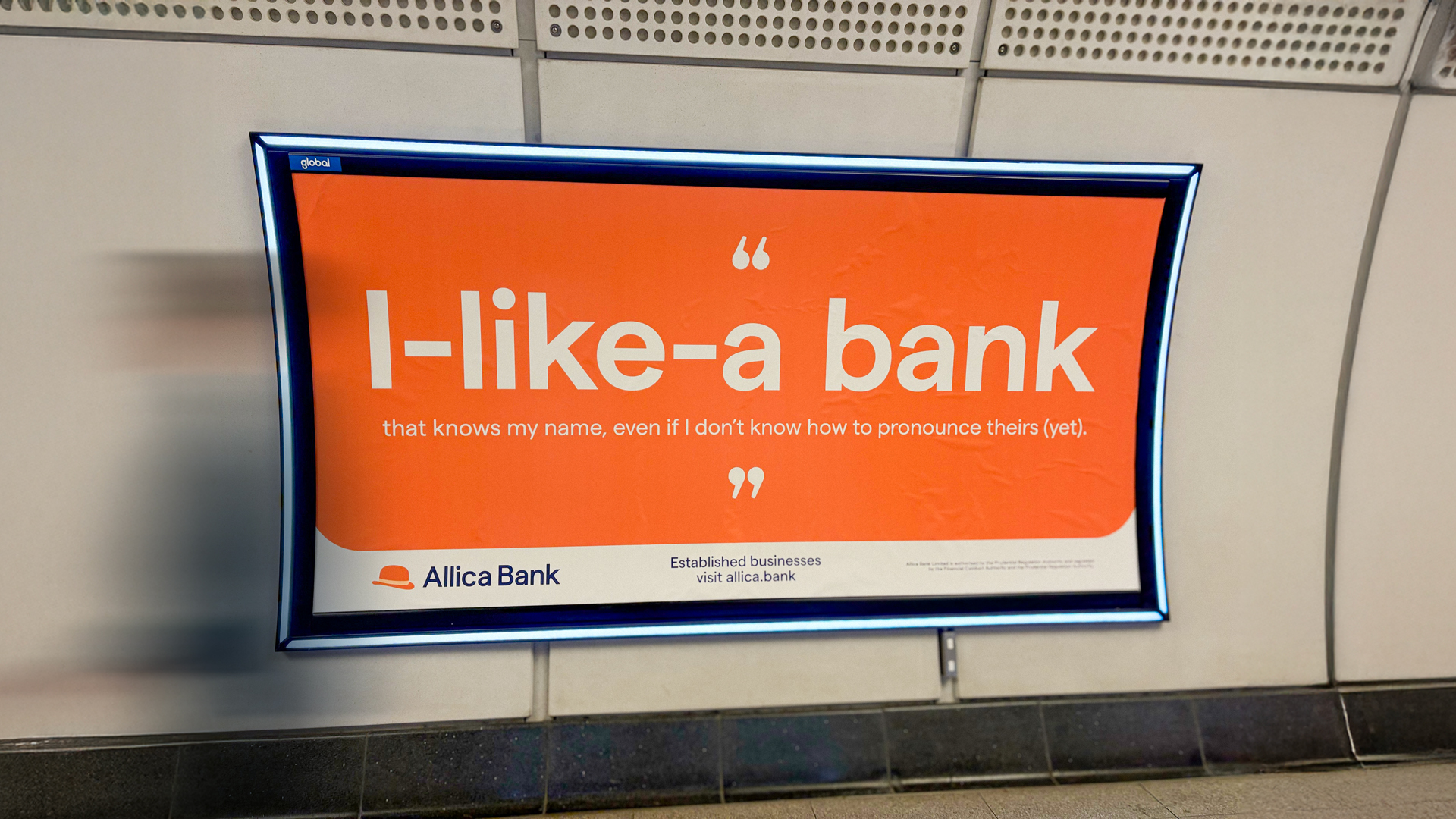Every transaction comes with a price tag, but not all of them are easy to spot. Whether you're processing online payments, using a debit card abroad, or handling direct debits, understanding business banking transaction fees can save you time and money.
Some fees are fixed, others are based on a percentage of the transaction amount. The key is knowing what applies to your business and where you might be paying more than necessary.
Contents
Contents
Contents
What counts as a transaction fee?
Transaction fees cover the cost of moving money. That includes things like card payments, bank transfers, or depositing cash. You’ll usually see them listed on your bank account statements or in monthly fee summaries.
They might be a flat fee like 30p per transaction or a percentage fee ranging from 1% to 3% of the total transaction amount. Some merchant service providers bundle fees into broader payment processing charges, which can make them harder to identify.
Fees can also come from different players in the transaction chain, including your merchant account, payment processor, or credit card issuer. Knowing the source helps you track where your money’s really going.
Types of fees to watch
Not all transaction fees look the same, and that’s where it can get confusing. Here are the most common types of transaction fees:
- Payment processing fees from your service provider or platform
- Interchange fees charged by card networks for each card payment
- Acquirer fees added by your merchant bank for managing the transaction
- Currency conversion fees when international transactions involve different currencies
- Flat fees or minimum charges per transaction, often used for lower volumes
Understanding these different fee structures gives you better control when reviewing statements or choosing a provider.
Fixed fees vs percentage charges
Fixed fees are predictable. You pay the same per transaction, regardless of the transaction amount, which is helpful when you process smaller payments frequently.
Percentage fees scale with the size of the transaction. Many credit card transactions include both a flat fee and a percentage of the transaction. For example, a credit card payment might cost 1.5% of the amount plus a fixed 20p fee.
Some fee structures vary depending on the type of payment card used, the network fee, or whether the customer pays with a debit card or credit card.
Understand your full account picture by syncing your bank to accounting tools see Business bank accounts with account integration: how to streamline your finances.
International transactions and foreign charges
Cross-border payments almost always come with added costs. International transactions often include:
- Currency conversion charges
- Foreign transaction fees from your bank
- Exchange rates set by your credit card company or network
- Additional flat fees on international card use
These charges can vary depending on your service provider or merchant bank. Check if your provider applies fees per transaction or as part of a monthly package and compare the effective exchange rate to spot hidden costs.
Where these fees show up
Transaction fees aren’t always front and centre, but they’re usually easy to find once you know where to look. Monthly bank account statements often list them alongside your transaction history, while merchant service provider dashboards typically break down charges by payment method, card type or network.
If you use a payment processor, their online portal usually shows itemised fees per transaction. Some go further by highlighting interchange fees, acquirer fees, or currency conversion charges separately, helping you understand exactly where the costs are coming from.
Many businesses also rely on accounting software that syncs with their bank account. In these cases, transaction fees can be automatically pulled into your reports, sorted by type or category. That makes it easier to calculate total charges, compare fee structures, and stay on top of what you’re really paying.
Questions to ask your account provider
Before you sign up, ask your account provider the right questions. Here’s what we’d want to know:
- What is the actual fee for each online payment or card sale?
- Are there any subscription fees, platform costs, or minimum fees to be aware of?
- How is the fee calculated per transaction, as a percentage, or both?
- Are there different fees for international transactions or currency conversion?
Asking early helps avoid surprises and keeps your total transaction costs transparent.
Tips to keep transaction costs in check
Keeping transaction fees under control doesn’t always mean switching providers. Start by using your current tools to review fee amounts on each customer transaction.
Watch for patterns in your statement: are certain payment cards more expensive to process? Are online payments consistently charged higher rates? Understanding these trends can help you streamline your payment processing setup.
A few tips to manage costs:
- Batch payments where possible to reduce processing fees
- Ask your provider about volume discounts or fee caps
- Monitor exchange rates if dealing with international customers
- Compare different fee structures across providers regularly
Sometimes it’s not about paying less per transaction, but about reducing the number of transactions you're paying for.
When to review your fee structure
As your business evolves, your fee structure should too. Whether you're doing more online payments, seeing growth in international transactions, or shifting to card-based sales, it’s worth reassessing every few months.
What worked for a low-volume setup might not suit a high-volume business. Renegotiating rates, switching providers, or bundling services could save you more than you think.
The goal is to understand transaction fees well enough to make informed decisions and avoid costs creeping in unnoticed.
Final thoughts
Transaction fees are part of running a business. But when you understand what you're paying and why, you’re in a better position to keep costs under control and improve your financial management.
Tracking the difference between a flat fee and a percentage charge, knowing where fees appear, and checking exchange rates or international terms, all help you manage business costs with greater clarity.
Take control of your transaction costs
Allica Business Rewards Account is designed to simplify your fees. With no monthly charges, up to 1.5% cashback* on eligible card spend, and transparent pricing, it helps businesses keep more of what they earn.
You also get access to instant-access Savings Pots, smart transaction tools, and a dedicated relationship manager who can help you understand and optimise your account setup.
Open your Business Current Account today.
* Cashback is variable based on eligibility and spend. See a full list of limits and fees here.
Links were live and information was correct at the time of writing the article.
Disclaimer: This is information – not financial advice or recommendation
The content and materials featured in this article are for your information and education only, and are not intended to take into consideration any particular recipients’ financial situation. The product details and interest rates referred to are correct at the time of writing.
The information does not constitute financial advice or recommendation and should not be considered as such. Allica Bank will not accept any liability for any loss, including without limitation to, any loss of profit, which may arise directly or indirectly from use of or reliance on such information.





